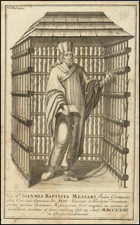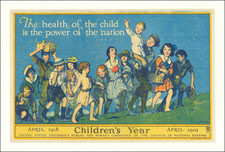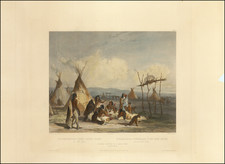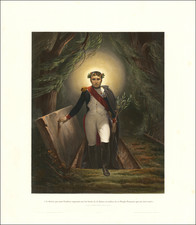This commemorative print is an intricate depiction of Daniel Webster’s “Seventh of March Speech,” an oration delivered with fervent support for the proposed legislation by Henry Clay to address the immediate crisis of Southern secession and the contentious issue of the extension of slavery, encapsulated in the Compromise of 1850.
The print is replete with the gravitas of the historic moment, capturing not just Webster’s impassioned stance but also the rapt attention of every senator present, reflecting the momentous nature of the occasion.
Within the U.S. Senate chamber, Webster is prominently positioned to the right, eloquently gesticulating with his right hand raised, as he articulates his conciliatory yet controversial stance. Each Senator from that pivotal year is rendered with precision, facing both Webster and the viewer. Notably depicted are Stephen Douglas, appearing to Webster’s right, and to the left sits a weary John C. Calhoun, his presence almost spectral amid the discourse. Millard Fillmore presides at the center with a composed authority, supported by the dutiful Secretary of the Senate Asbury Dickins seated below him. Henry Clay, the architect of the compromise, is discernible to the right of Webster’s upraised hand, and a youthful Jefferson Davis is also among the assemblage.
The visitors' galleries teem with white male and female spectators, a testament to the public interest in the legislative process and the issues at stake. The opulent chamber is crowned with a coffered, domed ceiling from which a grand chandelier descends, illuminating the chamber and the deliberative body below. Above the dais, an American flag crest adorned with arrows and an eagle with outstretched wings commands attention, signaling the enduring Union at the heart of the debate. Central to the backdrop is a framed portrait of George Washington, a silent overseer of the republic's enduring challenges and achievements.
This print not only celebrates Webster’s contribution to the legislative efforts to preserve the Union but also stands as a visual anthology of the Senate at a critical juncture in America’s history. The September 1850 passage of the amended compromise, including California's admission as a free state and the strengthening of the Fugitive Slave Law, was a significant albeit temporary resolution to the era’s escalating sectional strife.













![[ Pictish Warrior Woman ] Feminae Pictae icon V](https://storage.googleapis.com/raremaps/img/small/99648.jpg)
